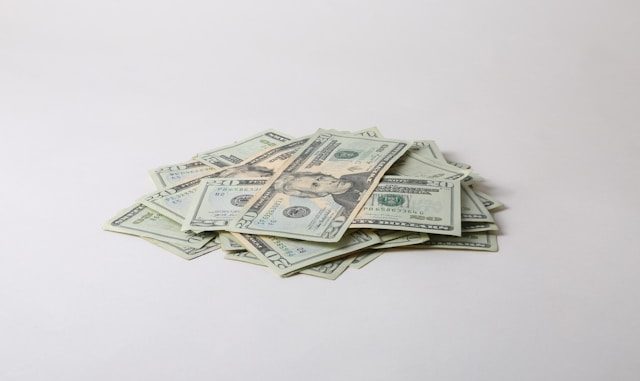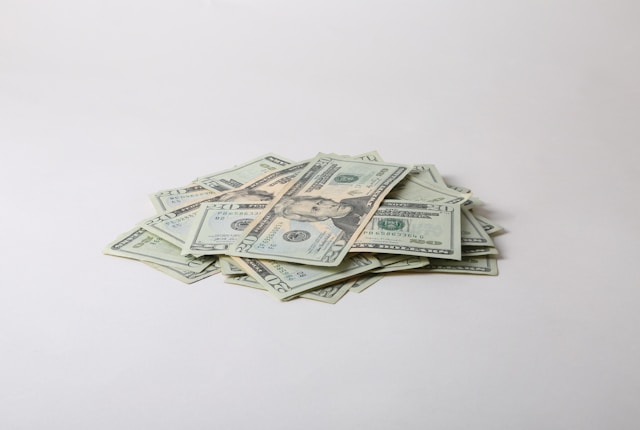
Understanding What an Emergency Fund Is
An emergency fund is a dedicated stash of money set aside specifically for unexpected financial challenges. Unlike regular savings meant for planned expenses or future purchases, this fund exists solely to provide a safety net during times of crisis. Emergencies can range from sudden medical bills, car repairs, job loss, or urgent home maintenance. Having this cushion prevents you from falling into debt or disrupting your long-term financial goals when life throws a curveball your way.
Why Having an Emergency Fund Is Crucial
Life is inherently unpredictable, and without a financial buffer, even a minor setback can quickly escalate into a major crisis. Imagine losing your job or facing a medical emergency without any savings to fall back on. In such cases, people often resort to credit cards or loans, which may lead to mounting debt and added stress. An emergency fund reduces financial anxiety and gives you the freedom to focus on resolving the problem rather than worrying about money. It also protects your credit score by preventing missed payments or defaults.
How Much Should You Save in Your Emergency Fund?

Determining the right amount for your emergency fund depends on your personal circumstances and lifestyle. A good rule of thumb is to save enough to cover essential living expenses for several months. This includes rent or mortgage payments, utilities, groceries, transportation, insurance, and any minimum debt payments. If you have a stable job and dual incomes, your emergency fund might be smaller. Conversely, if your income is irregular, you have dependents, or your job is less secure, you might want to save a larger amount. The key is to have enough so that you can manage without income for a reasonable period while you get back on your feet.
Where to Keep Your Emergency Fund
An emergency fund should be both accessible and safe. While it’s tempting to keep the money in a regular checking account, you might earn little to no interest there. Consider placing your emergency savings in a high-yield savings account or a money market account where the funds remain liquid but grow slightly over time. Avoid investing this money in stocks or other volatile assets because you need quick access without risking losses during an emergency.
Tips for Building Your Emergency Fund
Starting an emergency fund can seem daunting, especially if you’re already juggling bills and expenses. The key is to begin with small, consistent contributions. Treat saving for your emergency fund as a non-negotiable monthly expense, just like a bill. Automate transfers from your paycheck or checking account to ensure you stick to the plan. You can also look for ways to trim discretionary spending temporarily, such as dining out less or pausing subscriptions. Over time, these small efforts add up, and you’ll be surprised how quickly your fund grows.
When to Use Your Emergency Fund
The purpose of an emergency fund is to cover unexpected, urgent expenses, not everyday spending or planned purchases. Use it for situations like job loss, emergency medical care, urgent home repairs, or critical car maintenance. Avoid dipping into it for vacations, non-essential gadgets, or lifestyle upgrades. Remember, the fund is your financial lifeline, so replenishing it promptly after any withdrawal is vital to maintain your safety net.
Replenishing and Maintaining Your Emergency Fund
Life’s emergencies can come in waves, and using your fund is sometimes inevitable. When that happens, prioritize rebuilding it as soon as your financial situation stabilizes. Continue making regular contributions, and treat rebuilding as important as saving initially. Periodically review your fund size, especially after major life changes like having children, moving, or changes in employment. Adjust your savings goals to match your new reality.
Final Thoughts
An emergency fund is one of the most important components of financial health. It brings peace of mind, financial security, and flexibility during uncertain times. Building and maintaining a robust emergency fund takes discipline, but the benefits far outweigh the effort. By understanding its purpose, setting realistic savings goals, and protecting your funds wisely, you ensure that you’re prepared for whatever life throws your way without derailing your financial future.